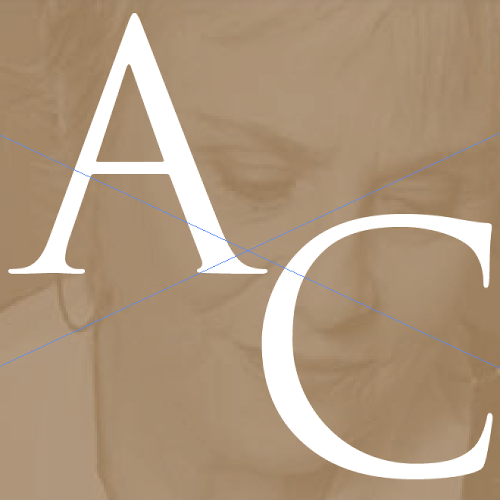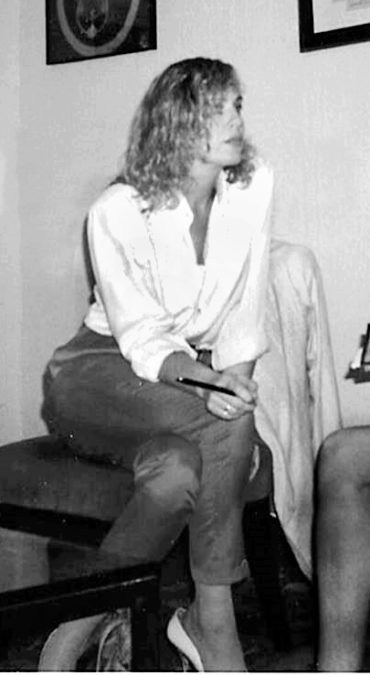WHAT DO YOU KNOW?
We don’t know what we know. Or how much we know. Or how well
we know it.
After writing and editing professionally since 1988, I offered my first six-week writing class series in March, 2016. I was qualified. I’d written many books, more than a dozen had landed on the bestseller lists and I had a daily writing practice. So why was I so anxious when my students started arriving?
The first knock on the door came at 7 PM. I hugged each person
who entered the room, there were eight, I offered them something to drink, a few snacks and I invited them to take a seat. I perched at the edge of my straight backed chair at the front of my living room, trying to slow my breath, looking from face to face. I stopped at my close friend, Laurie. She nodded. I had invited her to join the class so she could support me since she’d been a dance instructor for decades and she knew the ins and outs of teaching.
Actually, do did I. The truth was that I’d been teaching as long as I’d been writing, guiding my celebrity clients through the stories of
their lives and helping people tell the truth about their feelings. But the critical voice inside kept telling me that just because I knew how to write didn’t mean that I could teach. I was choking on a heavy dose of the Imposter Syndrome. Who did I think I was? What made me think I knew enough to help these people write? I pretended to be cool and collected. I was good at that. I’d learned the hard way during my ballet training how to smile when I was in pain, how to look serene when I was agitated. But inside, the winds were swirling.
I picked up a sheet of paper with the steps I’d worked out. Having a plan calms me down.
Step #1: Welcome my students and give them a brief summary
of what to expect.
Step #2: Ask each person to say their name and why they were
there.
Step #3: Lead a short meditation.
I began the next part by addressing the inner critic and its evil ways. Then I read a prompt I’d created to get people going and told them
they’d be writing for the next forty minutes. I encouraged them to keep the pen moving no matter how it felt. I leaned back in my chair and sat there quietly. After about ten minutes, when they were deeply engrossed in what they were doing, I got up and walked into my adjoining office. I exhaled hard as I sat at my computer and fretted, wondering what I would do when they started asking me questions that I didn’t know how to answer. Why was I doing this? What made me think I had anything of value to share? A better question would have been, what made me think I didn’t.
When the time was up, I came back into the room and I asked who wanted to read first. A woman lifted her hand half-way. Clearly a
courageous sort. “I just need to get it over with,” she said and she began reading. I focused my attention on her and at that moment, everything shifted. I was instantly enchanted, hungry to hear what she had to say and to feel the emotions that went along with it. All sense of self-doubt dissolved, I forgot about myself and I began to do what I knew and loved doing – listen to writings and offer help to make them better.
As the readings picked up momentum, I suddenly realized that I’d been answering people’s questions for more than an hour. It was second nature to me because I had encountered the same problems over the years and I had figured them out as I went along. My students weren’t the only ones who were learning something. I saw that I didn’t know what I knew. Or how much I knew. Or how well I knew it.
When I was sixteen, an up and coming ballerina, I decided to
audition for the Harkness Ballet Company. I was terrified, I didn’t know if I was good enough to be chosen, but I didn’t back down. I decided to show up, fear and all. I was one of 250 dancers and the audition was as intensive as the famous one in the Broadway show, “A Chorus Line.” It went on for eight hours and I didn’t always know what they wanted me to do, but I stuck it out and I did my best. I was so anxious, I didn’t eat anything all day except a few apple slices. I just kept on dancing and they kept eliminating people. It was five in the evening, I was standing in a line with five other dancers when the ballet master told us, “Congratulations! You made it.”
I remember that moment when I’m afraid to do something. I encourage myself to walk through it, to keep dancing or writing or figuring out a computer program. Whatever it is, it’s about resilience and refusing to back down. It’s about trusting that you don’t know everything but you know something and you can learn the rest as you go along.
I don’t agree with the idea that we teach what we need to learn. That doesn’t feel right to me, but it feels right to teach what we need to keep practicing. Whenever we do something we haven’t done before, it’s like facing a speed bump in the road. We can decide it’s too hard to tackle and turn around. Or we can search for the most efficient way to get past it. We can slow down, gently approach the obstruction, keep our foot relaxed on the brake, feel a slight chug on the wheels as we rise up and before we know it, we’re on the other side. We’re triumphant. We’re home free – until the next speed bump
shows up. It will, you can be sure of that, but if you face it head on, the obstacle will become a puzzle and when you solve it, you’ll realize that you didn’t really know how much you know.


Recent Comments